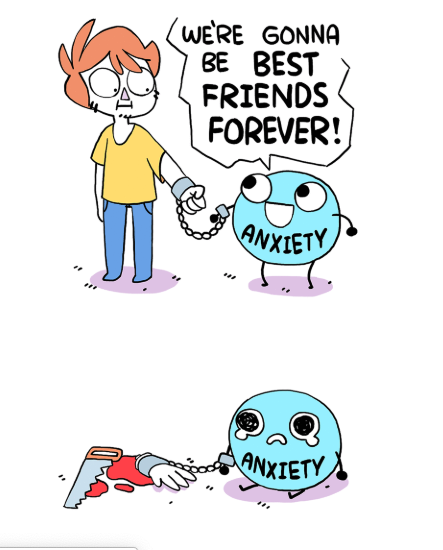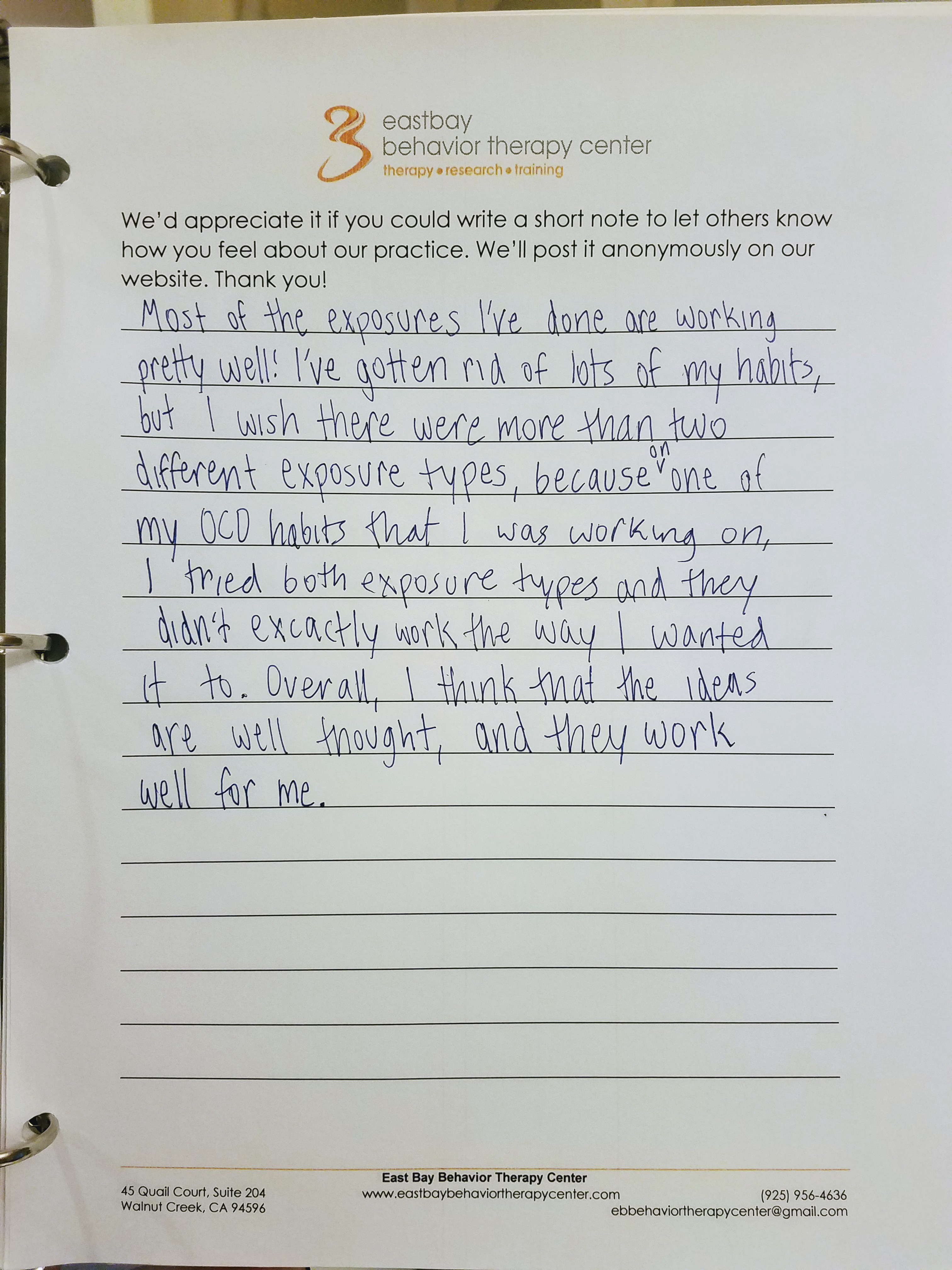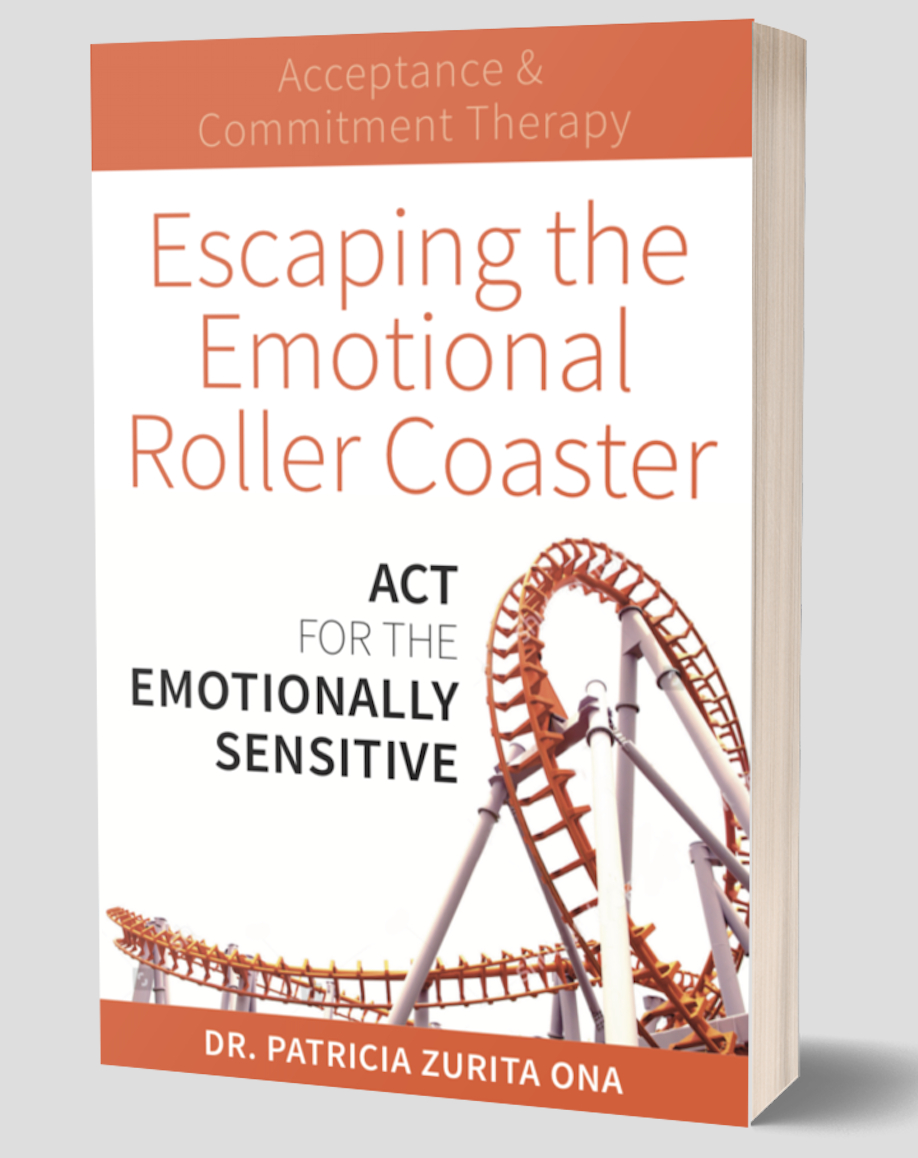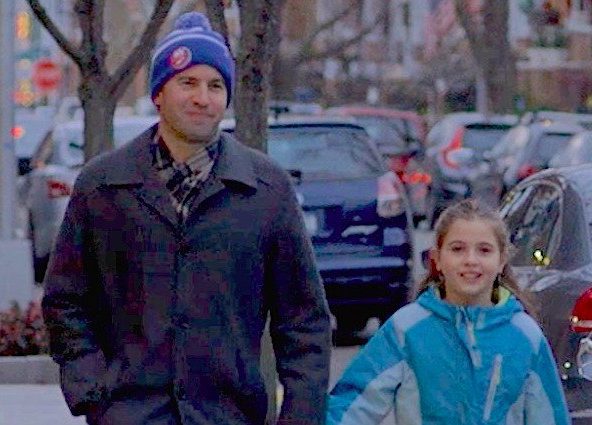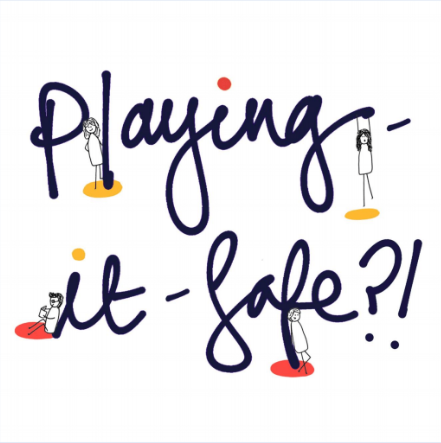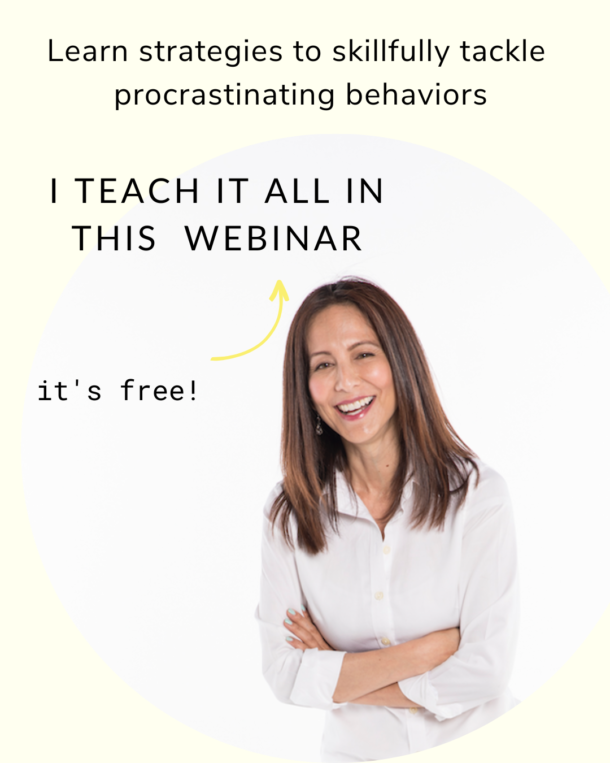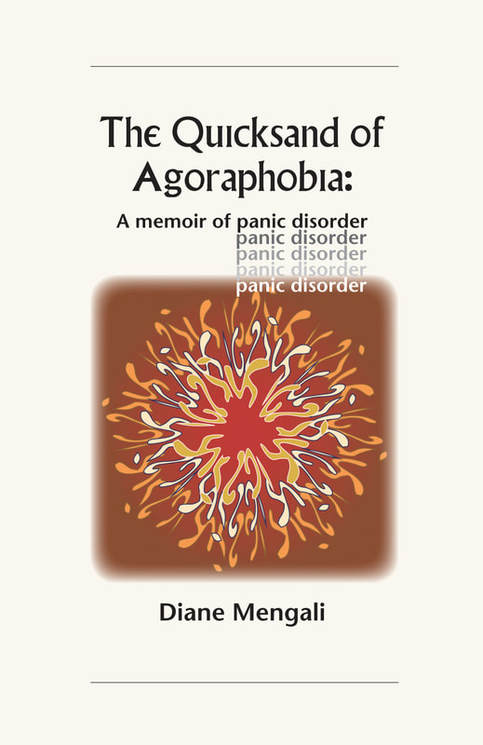
Quicksand of Agroaphobia, by Diane Mengali
We had a wonderful talk with Diane Mengali, author of The Quicksand of Agoraphobia. She was very warm and open in sharing her experience, for which we are very grateful. We have revised the interview into four parts, to be released monthly. Keep reading to get a sense of her experience and what she learned. (Edited for length)
– You experienced quite a few difficult things in your childhood and adulthood. How did you find the timeline of these events corresponding with the development and increasing severity of the fear and agoraphobia?
I believe that my first panic attack at age 25 happened as a response to the cumulative anxiety- producing events of my formative years. I experienced separation anxiety when starting kindergarten, sensing fear and vulnerability in my mother and feeling afraid to leave her. My mother had a health scare when I was 10 that made me anxious and worried, picturing life without mom, even after she was declared healthy. This heightened state of anxiety led to an intense response in 6th grade when my mother, realizing she’d filled my thermos with milk from a chipped glass bottle, called the school in a panic to warn me not to drink my milk. But it was too late, and for 3 days, I watched for signs of internal bleeding. After the glass scare, I refused to eat or drink off glass. My mother bought me a plastic dish and glass which I used for two years. Though I was able to wean myself off the plastic due to inconvenience, for years afterward, I ran my hand around the rims of glasses and plates checking for chips. This practice was my first experience with obsessive compulsive behavior.
I continued to be more anxious as I got older, because of my father’s anger, and my mother’s alcoholism and emotional dependence. I felt the need to help her but didn’t know what to do. I developed obsessive behaviors to dispel the anxiety. I turned light switches off and on 10 times, read and re-read the same paragraphs over and over, and checked the stove several times to make sure it was really off. Over time, the repetitive behaviors took different forms, but they served the same purpose as obsessive worrying. My distorted logic assured me that obsessive worry and repetitive behaviors kept the anxiety and turmoil in check.

Though my mother quit drinking during my freshman year in college, she still remained fearful, depressed and dependent on me, threatening suicide when I wanted to move away for college. I ended up going to a university 6 miles from home. With no escape in sight, I felt myself being pulled into my mother’s vortex of fear and dependence.
These early experiences set me up for a continuation of the fear and dependence I adopted from my mom, as panic attacks and agoraphobia in my adulthood.
I had my first panic attack in 1967, a year after my marriage. We were vacationing in Santa Barbara and driving on a curvy road when I felt my body go numb. In the ER, the MD told me I had just hyperventilated and gave me Valium. We cut our trip short because I needed to get home where I felt safe. I thought the hyperventilation and the fear it produced was an isolated event but I started to be more uncomfortable home alone, fearing I may hyperventilate with no one there to help me. To mitigate the fear, I went to work every day with my husband who farmed his family’s ranch. I either stayed at the house with my mother-in-law or went to the fields with my husband.
Quicksand of Agoraphobia: Part I Click To Tweet
After realizing that the hyperventilation experience in Santa Barbara was not an isolated event, I became more frightened and confused. What was happening to me? Why can’t I just stop being afraid of hyperventilating? Why was I clinging to my husband and afraid to be home alone? I was never like this before. I had never been afraid of being alone.
My husband was the only one who knew about my problem. I couldn’t tell anyone else because I didn’t know what was wrong or how to explain it. I was ashamed by my problem and afraid people would think I’m crazy. They might even say, “Just get over it,” which would only serve to make me more frightened and ashamed because I couldn’t “just” get over it. Not being able to get over it led me to believe I was flawed or lacked self-control. In search of answers, I dug through the card catalogue at the library, hoping to find something that matched my symptoms. I found hyperventilation, but nothing else. Now, I began to worry that the fear I was experiencing was specific to me and there would be no help available. I lived like this for almost 20 years before finding help.
To read more of her story, you can visit her website here, or take a look on Amazon here.
